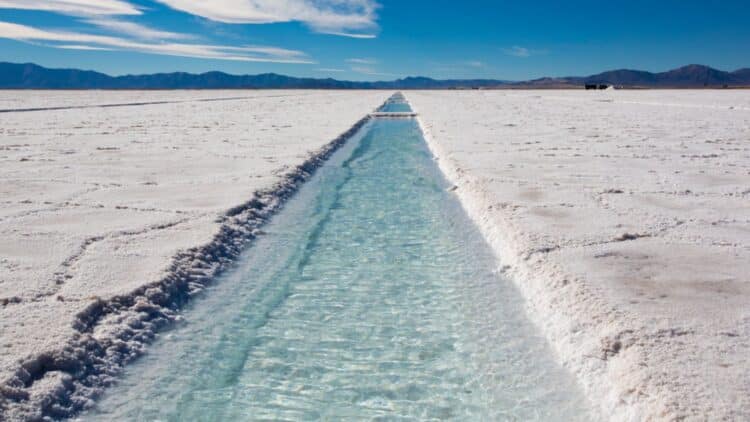Deserts are generally known to be arid and deserted; however, this particular white desert, or rather salt lake, holds the future of mankind. It is the Salar de Uyuni in Bolivia that shines like a white desert under the Andes sun, and beneath such a shimmering wonder lies the discovered treasure. Lithium, also called “white gold,” can be found here. With EV batteries relying on lithium, the interest in Bolivia can be understood since there are about 23 million tons of lithium here. Russia and China are looking to tap deep into Bolivia’s treasure desert.
Bolivia is understanding what being rich in lithium means
Bolivia realizes the potential hidden beneath the Uyuni Flats, and Bolivia is taking action to become a global lithium powerhouse now, after several years of political upheaval and delay. Bolivia has, as such, signed agreements with China and Russia to industrialize its lithium extraction with the approval of President Luis Arce.
In 2023, several Chinese companies spearheaded by Contemporary Amperex Technology (CATL) put down $1,4 billion to install two lithium processing plants. These are located in the Coipasa and Uyuni salt flats. Around the same time, Russia’s state-owned Rosatom subsidiary, Uranium One Group, invested $450 million in a pilot project in the Potosí Department.
Both Russia and China have technological advancements to offer to Bolivia, which has set quite stringent conditions. The deals made are fully aligned with Law 928, which ensures national control over lithium production. The United States also sees the potential in Bolivia and is willing to tamper with the Chinese and Russian influence in Bolivia. Bolivia, however, is one of the only regions able to assert its resource sovereignty.
Bolivia some part of the Lithium Triangle
The Lithium Triangle is made up of Bolivia, Argentina, and Chile, keeping 60% of the world’s lithium in the palm of its hands. Bolivia is not open to any foreign exploitation, unlike Chile and Argentina. Bolivia’s government is in favor of state control of the lithium, and the government has, since 2008, used lithium wealth to assist with national issues pertaining to healthcare and infrastructure.
While holding full control of its lithium wealth, Bolivia deterred Western corporations slightly but managed to sustain the interest of China and Russia. The United States, however, is not blind to the threat posed and has thus labeled the region a “national security” issue. The United States, however, also made a strategic find in the form of an American mine with a potential of 40 million metric tons underground that could threaten China’s stronghold on lithium.
Should Bolivia’s lithium be protected, or is it opening up to exploitation?
With lithium extraction comes serious environmental and social risks. With the Uyuni flats being termed delicate ecosystems, any mass lithium extraction could cause damage to the land and may also cause degradation of the water.
While President Arce is being stern about the environmentally friendly approach to lithium extraction endeavors, critics realize that severe economic and geopolitical pressure may lead to the government accelerating lithium extraction, and this does pose severe environmental problems. With the demand for lithium increasing, Bolivia will have to step up and supply enough lithium to meet these demands.
What is feared is the resource war that is yet to come. With countries other than just China and Russia developing an interest in the lithium potential beneath the white desert, it is yet to be seen whether Bolivia can hold on to its independence whilst avoiding environmental damage at all costs. Lithium does exist in bulk in this desert, and mankind’s future may very well rest here, too. What we do know is this colorful desert is there, and Russia and China want to blow it up.


